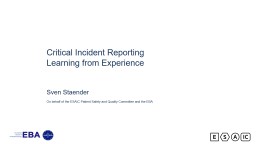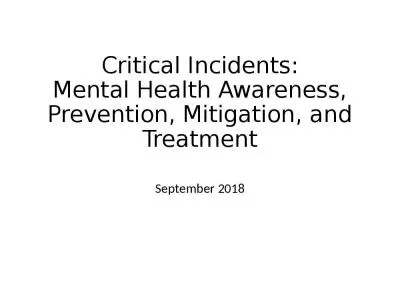PPT-Basic Critical Incident
Author : sherrill-nordquist | Published Date : 2019-02-13
Stress Management WSP Department Psychologist Daniel W Clark PhD What is Stress The nonspecific response of the body to any demand made upon it Selye Demands on
Presentation Embed Code
Download Presentation
Download Presentation The PPT/PDF document "Basic Critical Incident" is the property of its rightful owner. Permission is granted to download and print the materials on this website for personal, non-commercial use only, and to display it on your personal computer provided you do not modify the materials and that you retain all copyright notices contained in the materials. By downloading content from our website, you accept the terms of this agreement.
Basic Critical Incident: Transcript
Download Rules Of Document
"Basic Critical Incident"The content belongs to its owner. You may download and print it for personal use, without modification, and keep all copyright notices. By downloading, you agree to these terms.
Related Documents

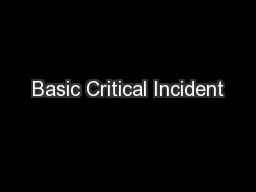
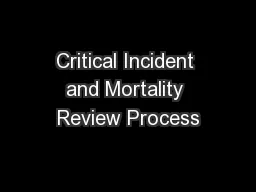
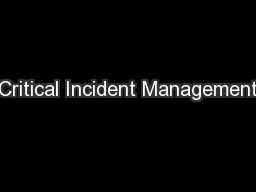
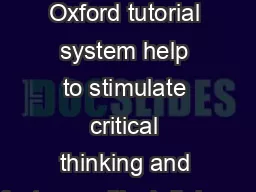
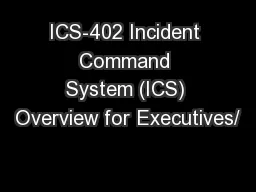
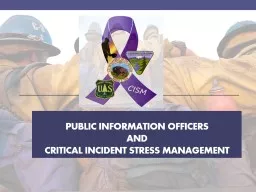
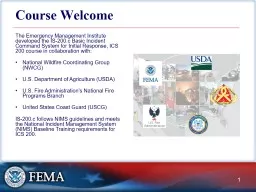
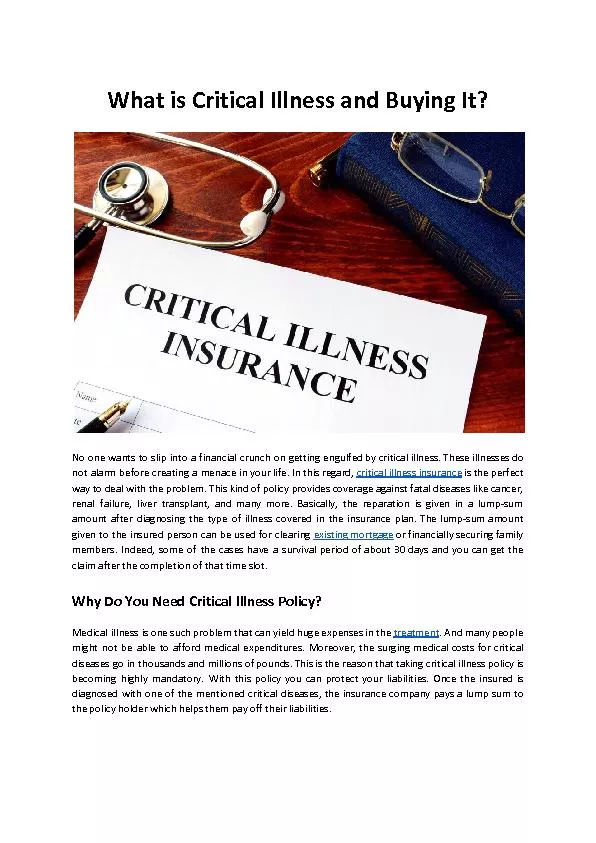
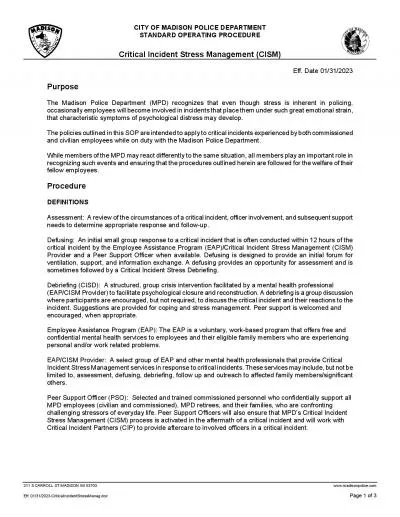


![Read ebook [PDF] Critical Incident Management](https://thumbs.docslides.com/1017685/read-ebook-pdf-critical-incident-management.jpg)
